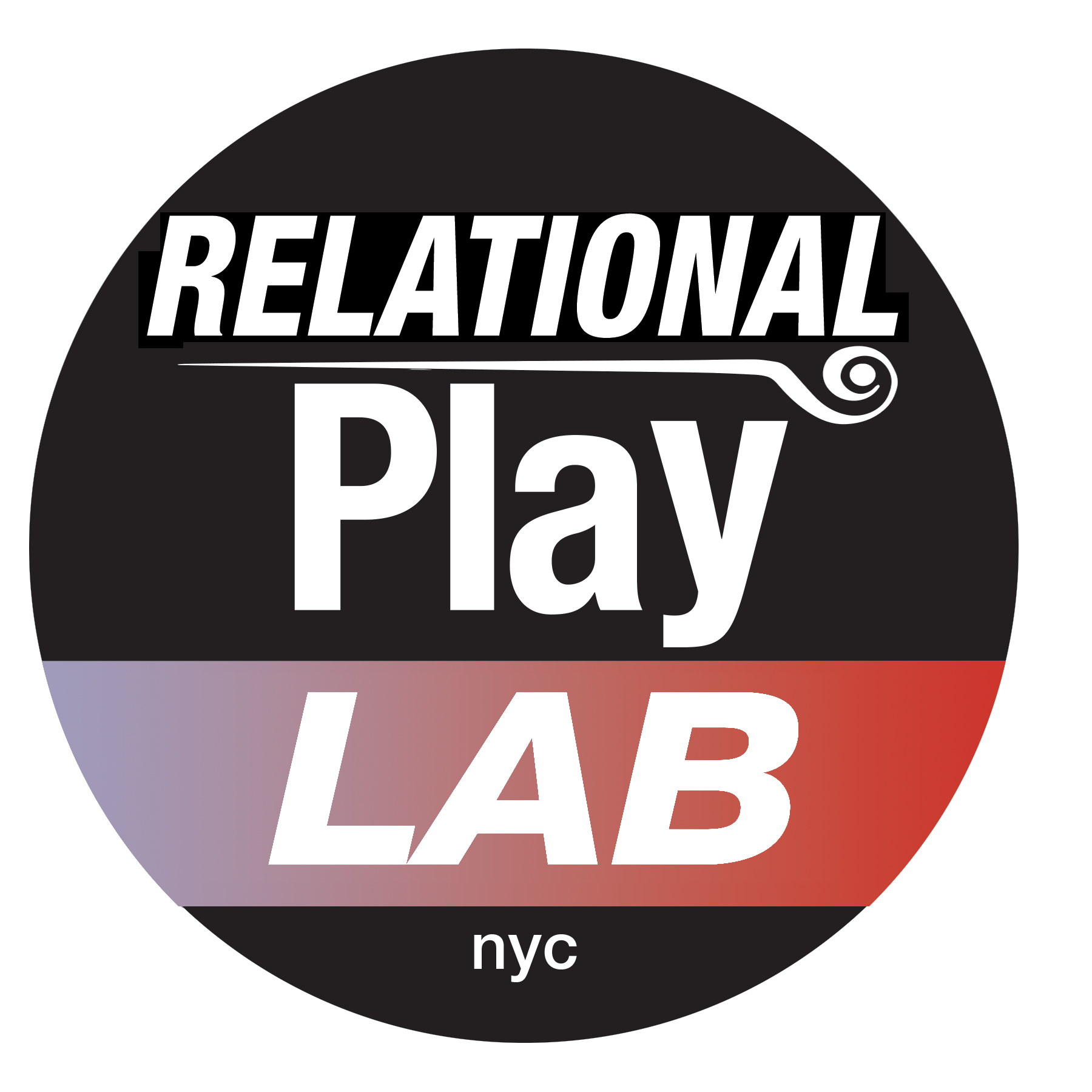As humans we tell stories, and make drama, we attempt to make our narratives meaningful to the listener, to help them see connections and to participate. In each telling, or dramatic performance, the narrative may change as we respond to the reactions of participants. We may draw on other stories as comparisons, embellishments, to situate our narrative in a broader discursive space, or orient the listener by linking our story to theirs. In other words, our narratives are ongoing linguistic formulations, composed in the moment, and responsive to the circumstances of a particular time and space. This is not necessarily a linear or a cyclical process, but a responsive one. As Bakhtin (1986) notes, meaning occurs in the interplay between people’s spontaneously responsive relations, to each other and the otherness of their surroundings.
Luhman & Luhman, 2005 Narrative processes in organizational discourse. Emergence: Complexity and Organization. doi: 10.emerg/10.17357.21e7d0bd0f9ccca58b52f74ec29f856f
In what ways are we being responsive to our students? How do we, as teachers, link our stories (teaching content) to our student’s stories?
One of the ways I co-create learning conditions is to listen and ask for the ways in which students are making the connections between the course content and their life. One might say that since I teach in a program that relates to life and living–Couples and family therapy–making such links are easier. And that might be partially true, but, I think it also takes the intentionality to link with our student’s life. Following are some of my intentional practices to engage students and bridge into their worlds (in no specific order):
- IN CLASSROOM
- Listen how they are making sense
- Unpacking, with them, their assumptions within their questions
- Asking questions which prompts them to reflect on/from their personal life
- Being willing to be taken “off-course” in discovery of what connections students are making
- COURSE DESIGN
- Introducing the course by bridging to the program and the everyday context for living
- Designing assignments that facilitate such bridges
- WAY OF BEING
- Willingness to join students in creative ways-Play!
- Orienting myself to the process of learning that creates a teaching paradox
- Taking risks and being improvisational in my teaching process
- Learning from our students
What are your practices for being responsive to your students?

